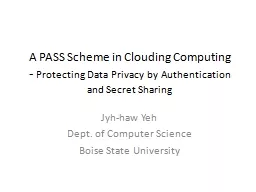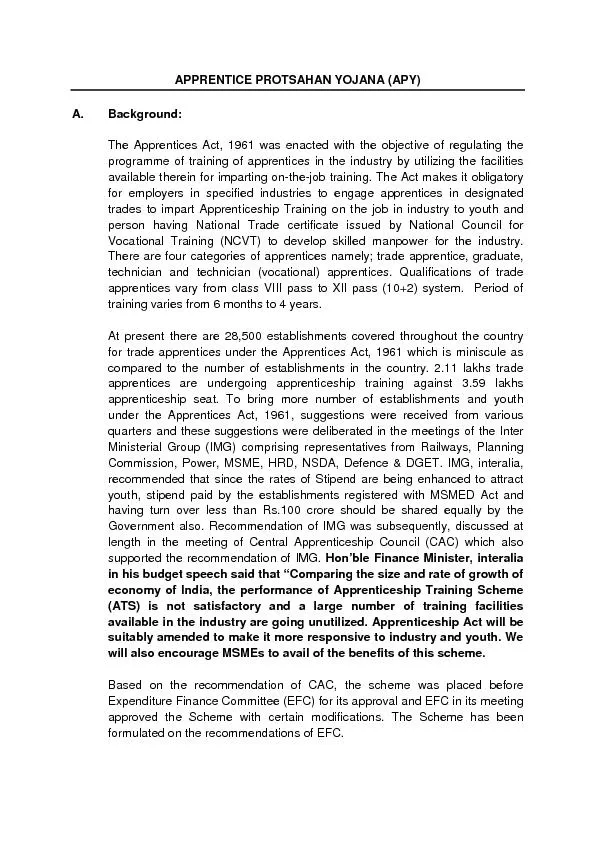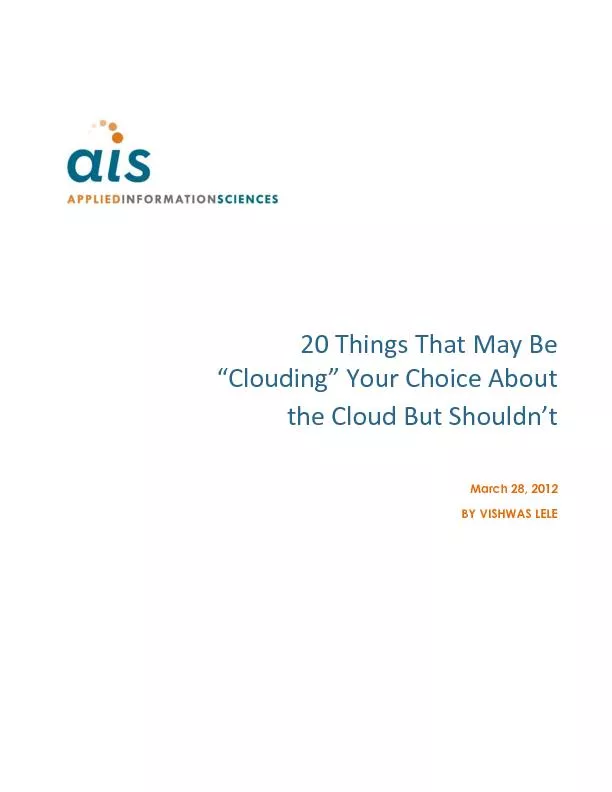PPT-A PASS Scheme in Clouding Computing
Author : olivia-moreira | Published Date : 2016-03-03
Protecting Data Privacy by Authentication and Secret Sharing Jyhhaw Yeh Dept of Computer Science Boise State University Cloud Computing Introduction Cloud provides
Presentation Embed Code
Download Presentation
Download Presentation The PPT/PDF document "A PASS Scheme in Clouding Computing" is the property of its rightful owner. Permission is granted to download and print the materials on this website for personal, non-commercial use only, and to display it on your personal computer provided you do not modify the materials and that you retain all copyright notices contained in the materials. By downloading content from our website, you accept the terms of this agreement.
A PASS Scheme in Clouding Computing: Transcript
Download Rules Of Document
"A PASS Scheme in Clouding Computing"The content belongs to its owner. You may download and print it for personal use, without modification, and keep all copyright notices. By downloading, you agree to these terms.
Related Documents














